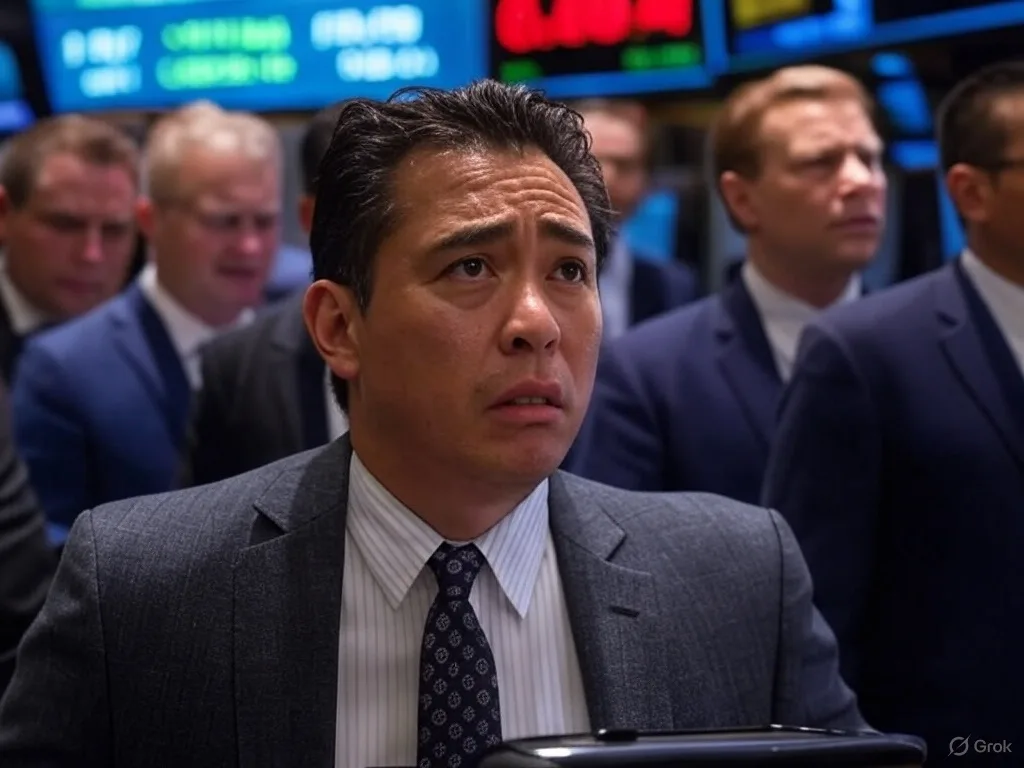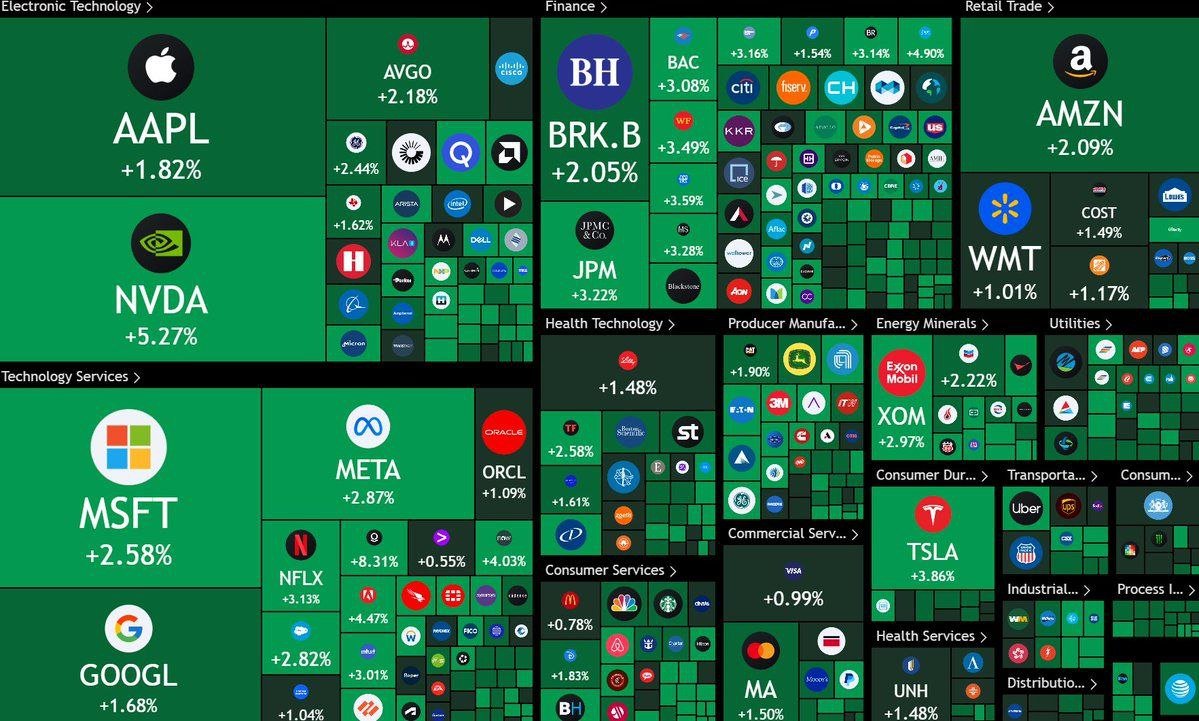Dow Plunges 2,200 Points: Unpacking the Tariff Tumult Shaking Global Markets”
Introduction
In a heart-stopping trading session, the Dow Jones Industrial Average nosedived by 2,200 points today, marking one of the steepest single-day declines in history. The catalyst? Escalating fears of a full-blown global trade war, reignited by abrupt tariff announcements between the U.S. and China. Investors scrambled for safety as markets worldwide reeled from the fallout. Here’s a breakdown of what happened, why it matters, and what could come next.
1. The Plunge: By the Numbers
Dow Jones: Dropped 2,200 points (roughly 7.5–8%), its worst day since the 2020 pandemic sell-off.
S&P 500 & Nasdaq: Fell 6.8% and 7.2%, respectively, with tech and industrial stocks leading losses.
Volatility Surge: The CBOE Volatility Index (VIX) spiked 45%, reflecting panic in options markets.
Global Domino Effect: European and Asian indices, including the FTSE 100 and Nikkei, slid 3–5% in sympathy.
2. Root Cause: Tariffs Reignite Trade War Fears
The Trump administration’s 2018–2019 U.S.-China trade war seemed like a relic—until this week. Fresh threats of 25% tariffs on $300B of Chinese imports (including electronics and renewables) and China’s retaliatory plans to target U.S. agriculture and Boeing jets sent shockwaves through markets. Key concerns:
Supply Chain Chaos: Companies like Apple and Tesla face higher costs and delays.
Inflation Risks: Tariffs could trickle down to consumer prices, complicating the Fed’s rate-cut plans.
Growth Slowdown: Analysts warn global GDP could dip 0.5–1% if tensions persist.
3. Market Reactions: Safety First
Bonds Rally: The 10-year Treasury yield plunged to 3.2% as investors fled to safety.
Gold Surges: Prices jumped 3% to $2,400/oz, a record high.
Oil Slumps: Brent crude dropped 6% on demand fears, hitting $78/barrel.
Currency Shifts: The yen and Swiss franc gained, while the yuan fell to a 2024 low.
4. Economic Implications: Who’s at Risk?
Sectors Hit Hardest: Automakers, semiconductors, and retailers reliant on Chinese imports.
Small Businesses: Higher input costs could squeeze margins, risking layoffs.
Consumers: Everyday goods, from smartphones to clothing, may see price hikes by Q4.
Global Allies: The EU and Mexico brace for collateral damage if trade flows pivot.
5. Investor Sentiment: Panic or Opportunity?
Bear Case: “This could be the start of a prolonged correction,” warns Goldman Sachs, citing 2018’s volatility.
Bull Case: JPMorgan urges buying the dip: “Tariffs may never materialize—this is political theater.”
Retail Investors: Meme stocks and crypto (Bitcoin dropped 8%) mirrored the sell-off, highlighting risk-off sentiment.
6. What’s Next?
Key Dates: Watch for emergency G7 meetings and China’s State Council response.
Fed’s Role: Rate cuts could accelerate if markets destabilize further.
Election Impact: With U.S. elections looming, tariffs may become a campaign bargaining chip.
Bottom Line for Investors
Stay Calm: Avoid knee-jerk portfolio shifts.
Diversify: Hedge with utilities, healthcare stocks, and gold.
Watch for Deals: Oversold tech giants like Amazon or Nvidia could rebound if tensions ease.
Final Take: Markets hate uncertainty, and tariffs are its posterchild. While today’s plunge feels apocalyptic, history shows trade wars often de-escalate after market tantrums. Stay informed, stay nimble—and remember, every crisis breeds opportunity.
— Earnfree
Keywords: Dow Jones crash, U.S.-China tariffs, trade war 2024, stock market plunge, investor guide.
SEO Tip: Link to historical tariff impact analyses or Fed policy explainers for deeper engagement.
Posts List Dark
Related posts:
No related posts.






